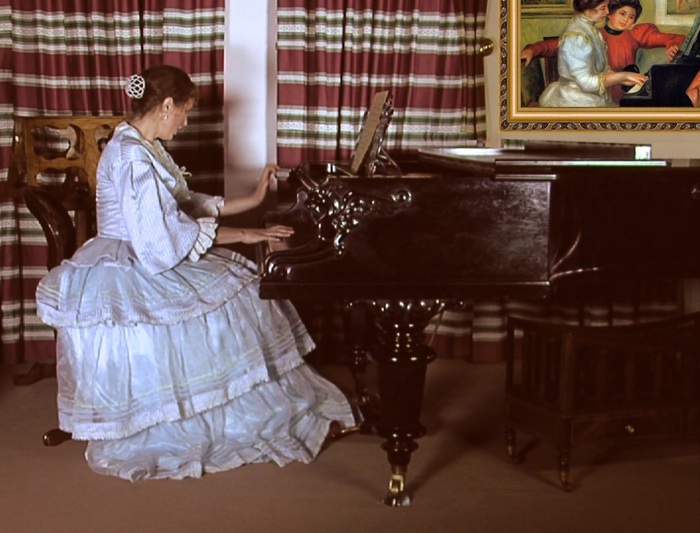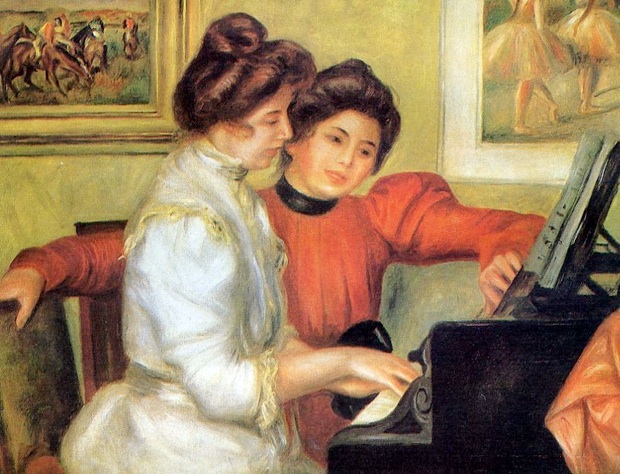Paula Bär-Giese - soprano & pianist
recorded on a Bösendorfer grand piano 170
Ravel's Vocalise-Etude en forme d'Habanera may have been composed as a study in the contemporary style for students at the Paris Conservatoire, and indeed the piece's demanding vocal line -- with its scales, trills, and staccato passages -- and technically challenging piano accompaniment certainly suggest, along with the designation "etude," that this piece was composed in part to serve pedagogical aims. The Vocalise-Etude does appear, however, in a collection of vocalises assembled by A.L. Hettich, and it has been suggested that Ravel in fact wrote this piece specifically for Hettich's collection.
In the Vocalise, the insistent repetition of the habañera rhythm is set against the virtuosic runs and portamento effects in the voice part, showcasing Ravel's skill as a composer for the voice. The musical material for the Vocalise is thought to be derived from Ravel's opera L'Heure espagnole, which he was working on early in 1907. Though the work as a whole perhaps lacks substance, the Vocalise is a good example of Ravel's understanding of the musical potential of the voice, and it numbers among Ravel's other important works in the French-Spanish style.



